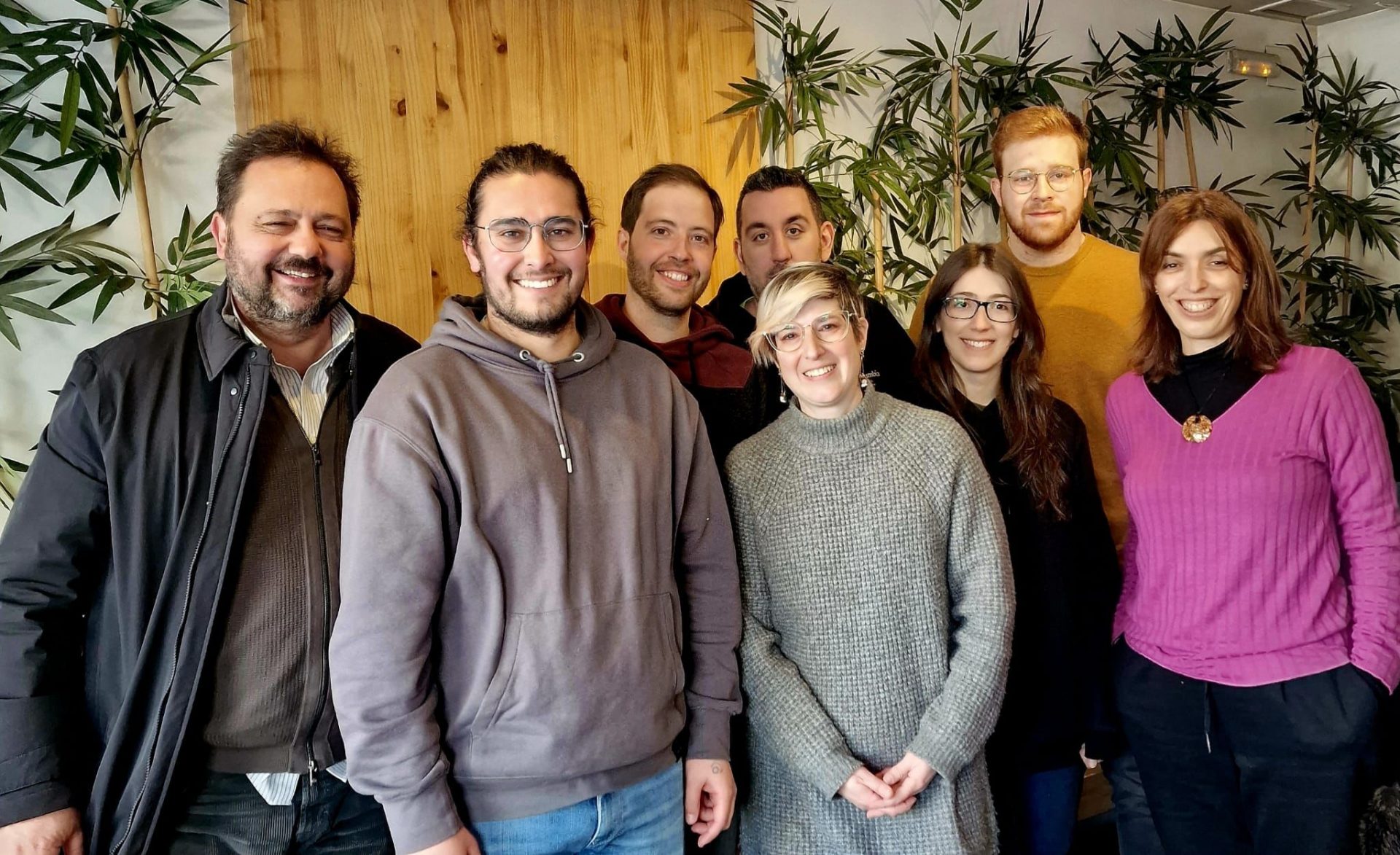
An international group of experts, led by the University of Granada (UGR), has signalled the need for carefully planned reforestation on a worldwide scale—and not simply in terms of planting as many trees as possible but, rather, planting specific species that can help curb the propagation of wildfires.
Alexandro B. Leverkus, a researcher from the UGR’s Department of Ecology, set out these views in an Open Letter published in Science, one of the world’s most prestigious journals dealing with scientific matters.
In many parts of the world, something of a reforestation “boom” is taking place, driven by social movements, government initiatives, and private efforts. One of the main objectives of this impulse is to mitigate climate change by capturing carbon in vegetation.
Yet, alongside the multiple benefits that plants provide, reforestation can also have counterproductive side-effects on the carbon cycle, due to the increase in the amount and continuity of fuels in nature. A recent report by the United Nations Environment Programme warns that the risk of extraordinarily severe and extensive fires is increasing in many parts of the world due to climate change and changes in vegetation generated by humans—including, for example, afforestation initiatives dominated by extensive and dense coniferous and eucalyptus plantations.
“If reforestation increases the risk of fire spread, it can actually reverse its benefits in terms of carbon sequestration because the accumulated carbon will be released back into the atmosphere, and it can even increase the threat of the fire spreading to other areas. For this reason, reforestation programmes must account for such factors in order to mitigate wildfire risk”, explains the UGR researcher.
On the one hand, any actions designed to modify the natural vegetation, such as replanting, should consider how the new composition and configuration of landscapes can affect fire propagation. “Landscape mosaics should be prioritised, featuring small, discontinuous patches of different types of vegetation or fragmented land use, and avoiding the creation of large, continuous, and homogeneous masses of trees. Within a forest, it is also advisable to ensure vertical discontinuities between understorey vegetation and crowns, to prevent surface fires from spreading upward. The use of low-flammability species in reforestation programmes, coupled with low plant-density and high species-diversity, can also help slow down the spread of fire,” says Leverkus.
New shoots after the fire
On the other hand, it is important to recognize that many fires will occur in reforested areas even despite these types of prior precautions. Therefore, it is crucial that reforestation also helps improve the ability of the vegetation to regenerate after a fire. There are numerous species of plants that are naturally resilient to fire—that is, they do not die and can generate new shoots even after the fire has consumed their leaves and branches. Planting such species means that, following a fire, the ecosystem has the capacity to swiftly regenerate, which mitigates negative consequences such as erosion. The use of native resprouting species in reforestation can be a key tool for improving long-term environmental quality, biodiversity, and carbon sequestration, considering the heightened risk of fire that has been identified.
The expected benefits of reforestation are leading to ambitious political objectives involving tree-planting targets in the hundreds of thousands or millions—or even trillions. But, as the authors of the Letter warn, “By doing this, we run the serious risk of planting more trees than necessary, in places where there would naturally be no trees, in places that would be affecting already well-established native and diverse vegetation, generating extensive and dense masses of trees that pose a high risk of propagating fires, and using species that are easy and relatively cheap to establish but that have negative properties in terms of fire mitigation and subsequent regeneration”.
For this reason, the authors conclude, “we are putting out this call to stop targeting a specific number of trees to be planted and instead to focus on the ability of the planted trees and the surrounding vegetation to capture carbon over the long term, even under future wildfire scenarios. Otherwise, we will be increasing the risk of new types of fires; of releasing large amounts of carbon into the atmosphere; of reducing vegetation cover; and, ultimately, of ecosystem collapse”.
Bibliography:
Leverkus, A.B., Thorn S., Lindenmayer, D.B., & Pausas J.G. (2022), “Tree planting goals must account for wildfires”, Science 376: 588–9.
Media enquiries:
Alexander B. Leverkus
Department of Ecology, Faculty of Science, University of Granada
Email: @email



